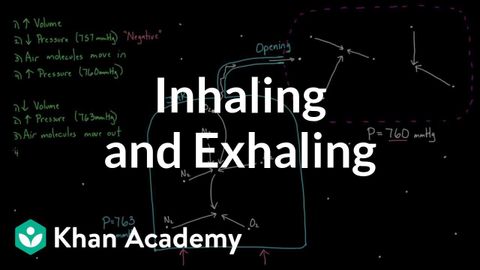Inhaling and exhaling | Respiratory system physiology | NCLEX-RN | Khan Academy
yukang920108 が 2022 年 05 月 10 日 に投稿  この条件に一致する単語はありません
この条件に一致する単語はありませんUS /pɚˈspɛktɪv/
・
UK /pə'spektɪv/
US /ˈɑbviəs/
・
UK /ˈɒbviəs/
US /ˈprɑsˌɛs, ˈproˌsɛs/
・
UK /prə'ses/
- v.t.(コンピュータの)データを処理する;処理する;処理する;一連の工程を経る;加工する : 加工処理する;理解する
- n. (c./u.)手続き;一連の行為;方法;訴訟手続き;プロセス (コンピューター)
- v.t./i.ストレッチをする : 体を伸ばす;伸ばす : 張る : 広げる
- n.ストレッチ : 体を伸ばすこと;一続きのもの;(一続きの)時間 : 期間
エネルギーを使用
すべての単語を解除
発音・解説・フィルター機能を解除

